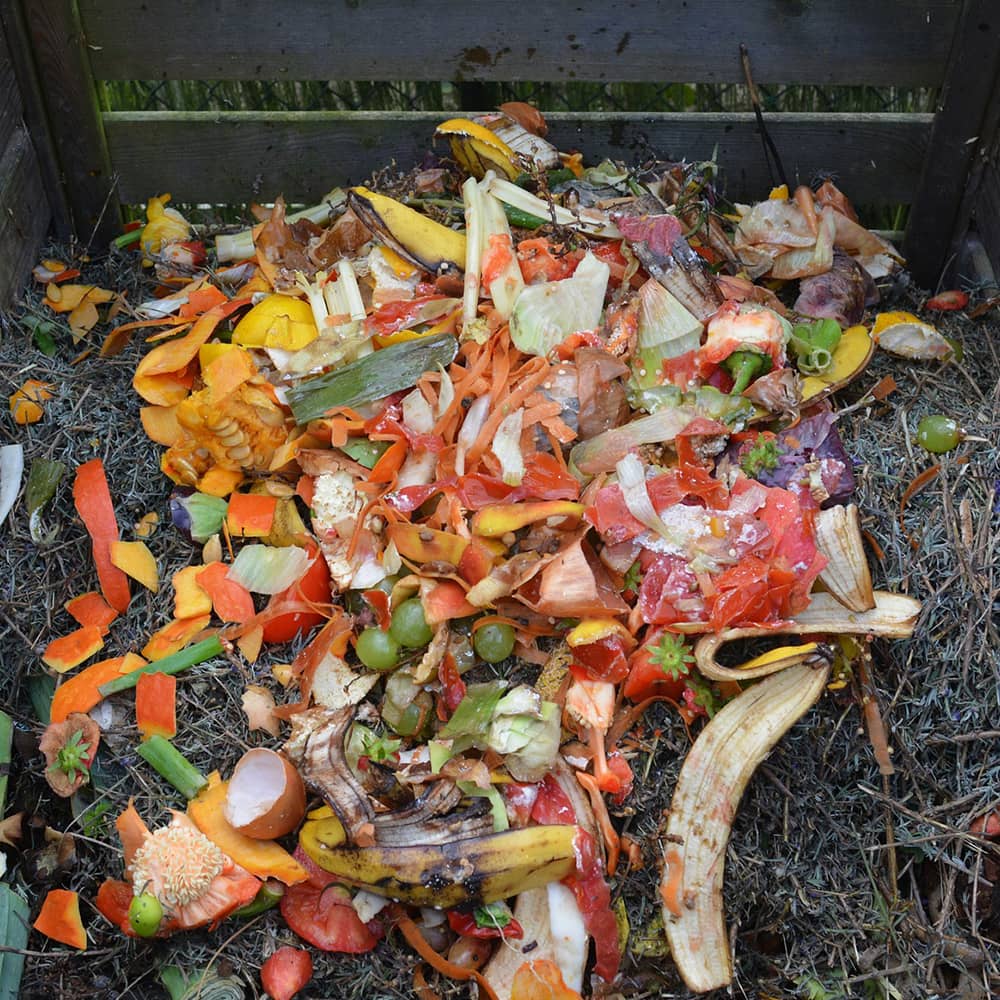
Compost is organic matter that has been decomposed in a process called composting. This process recycles various organic materials otherwise regarded as waste products and produces a soil conditioner. Compost is rich in nutrients. It is used, for example, in gardens, landscaping, horticulture, urban agriculture and organic farming. The compost itself is beneficial for the land in many ways, including as a soil conditioner, a fertilizer, addition of vital humus or humic acids, and as a natural pesticide for soil. Compost is useful for erosion control, land and stream reclamation, wetland construction, and as landfill cover.
Saplings are simply young trees that have grown to a diameter of between 1 to 5 inches and have reached a height of at least 4½ feet. Saplings can be packaged in the form of root balls, burlap-wrapped, bare-root plants, or in containers.
How do you make a sapling?
If you do not have space for an outdoor compost pile, you can compost materials indoors using a special type of bin, which you can buy at a local hardware store, gardening supplies store, or make yourself. Remember to tend your pile and keep track of what you throw in. A properly managed compost bin will not attract pests or rodents and will not smell bad. Your compost should be ready in two to five weeks.
2020 Viaplus Pvt Ltd. All Rights Reserved by Viaplus